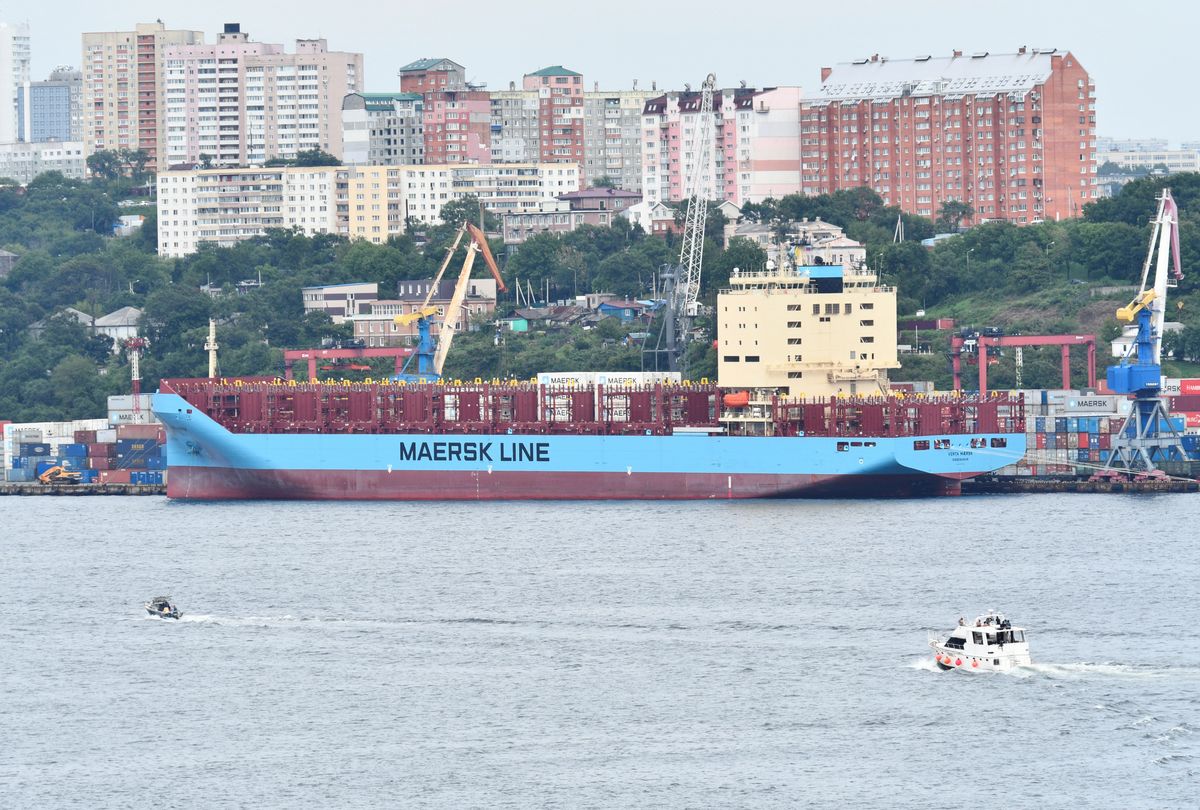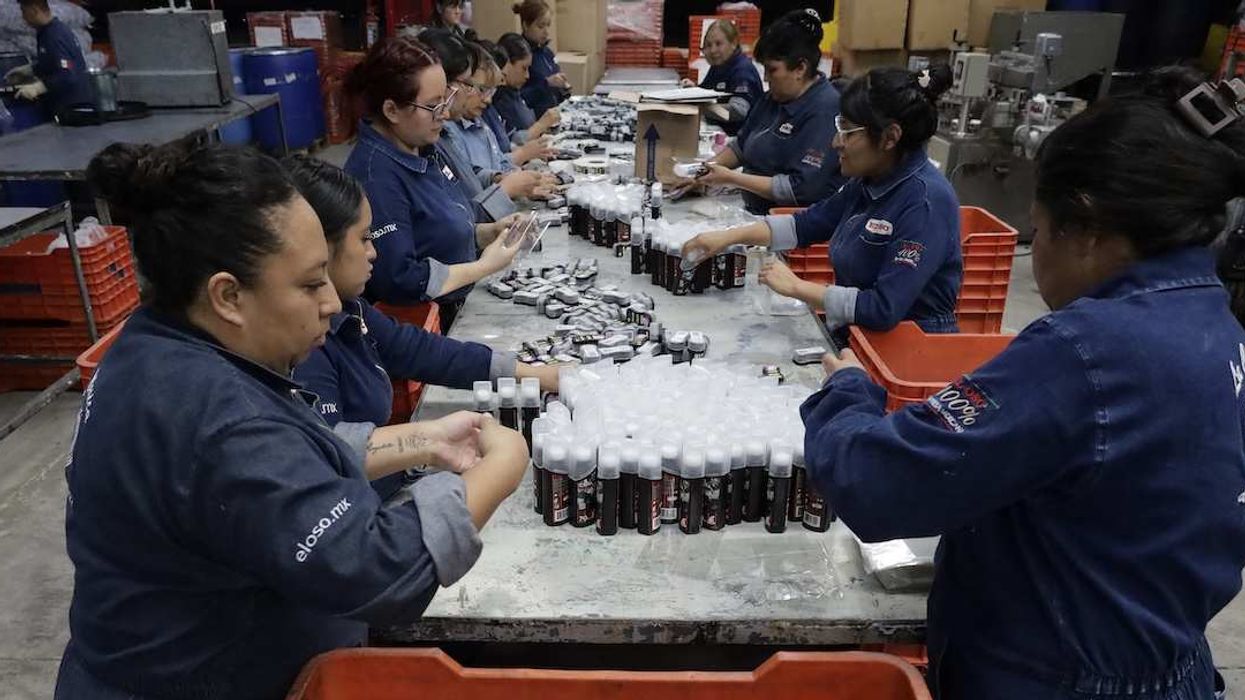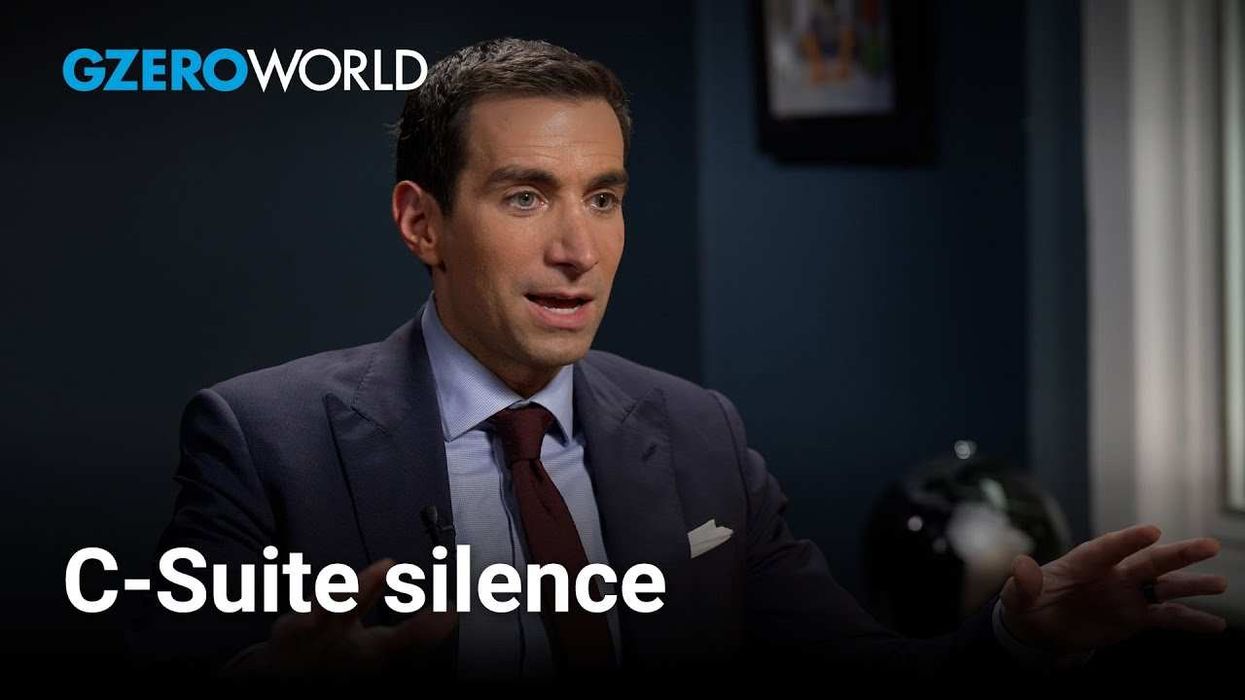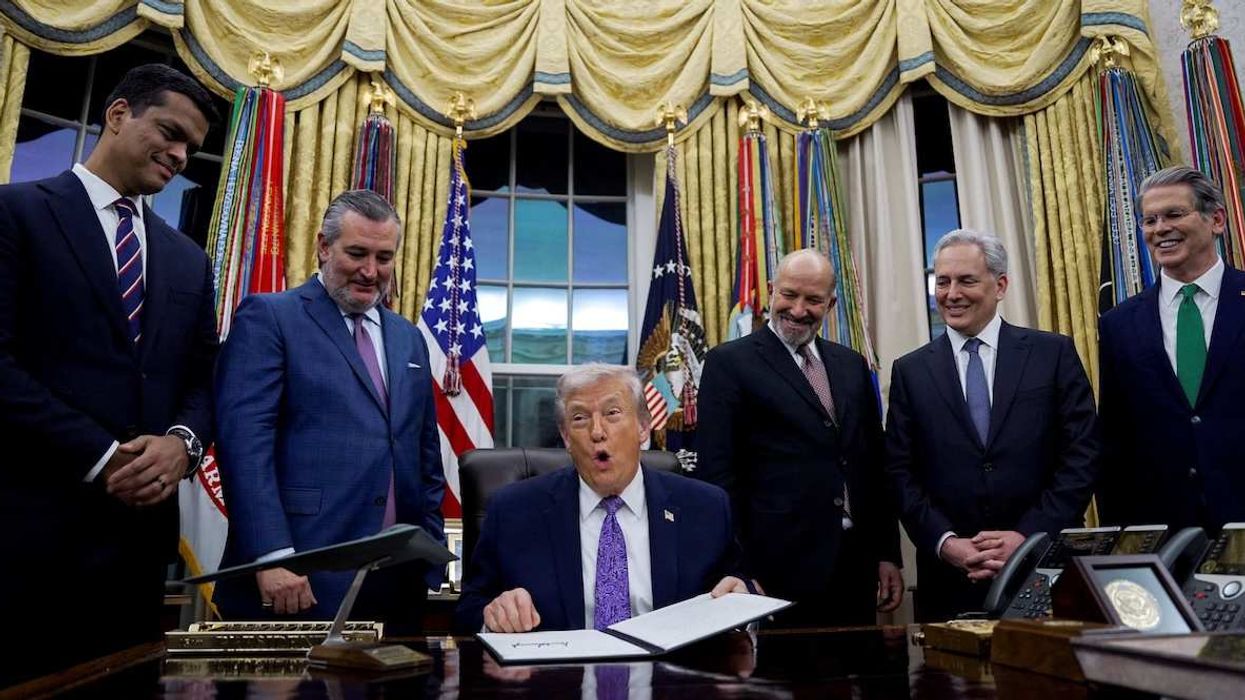Last month, the Venta Maersk (pictured above) became the first international container ship to complete the journey from Asia to Europe through the Arctic Circle. Until now, this journey could be made only via the Indian Ocean and through the Suez Canal, or around the Cape of Good Hope and up Africa's west coast.
But an accelerated melting of the polar ice cap means that a stretch of Arctic waters known as the Northern Sea Route (NSR) has now become navigable for several months a year. The NSR has a lot going for it: the trip is 30-50 percent shorter than the traditional routes between Asia and Europe, and it has 100 percent fewer pirates.
The Venta, loaded with electronics and frozen food, left South Korea in August, made a stop in Vladivostok, sailed through the Bering Strait between Alaska and Russia, moved along Russia's north coast, and with the help of a nuclear icebreaker, passed into the Norwegian Sea. It docked in St. Petersburg last Friday.
As the ice melts further and the journey becomes more common, the balance of power in global trade could shift substantially. The biggest winner might well be the Kremlin. A sizable portion of the Northern Sea Route runs through Russia's territorial waters, allowing Moscow to set conditions for passage, grant and deny access, and impose duties along the route. The strategic and economic benefits are obvious.
More broadly, the melting ice cap will make it possible to extract vast quantities of the oil, gas, and minerals thought to lie beneath the Arctic seabed. That will only intensify the competition for territorial claims among Arctic powers—the United States, Russia, Canada, and the Scandinavians. Thus far, Russia has made the biggest claim by arguing that its continental shelf extends deep into the Arctic Circle. And making geopolitical matters more interesting, as we wrote back in April, China will want a piece of the action too.
For now, the need for accompanying icebreakers means costs are high, and the journey remains unpredictable and dangerous. One authoritative study says the route won't be economically viable for significant ship traffic until 2035. (Particularly in the world of long-term investment in transport, that's not as far off as it sounds. We're now closer to 2035 than to 2001.)



















